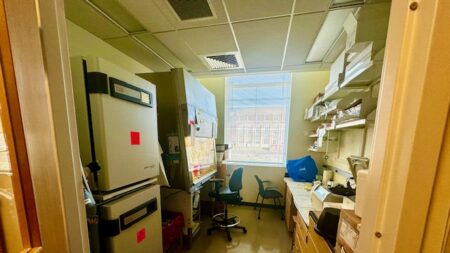
How cancer cells become dormant?
Cell dormancy is a stress-induced process wherein cells exit cell division and become quiescent. Several factors trigger this stage, including nutrient deprivation and harsh environmental conditions. In response, cells initiate a strategy to "conserve their batteries," aiming to maintain survival. This conservation involves the downregulation of energy-consuming metabolic processes, such as protein biosynthesis. Importantly, the dormancy process is reversible, allowing cells to re-activate once stress conditions are alleviated.
Learn more »



